La Dolce Vita: a Finnish show explores Alvar Aalto's summer houses
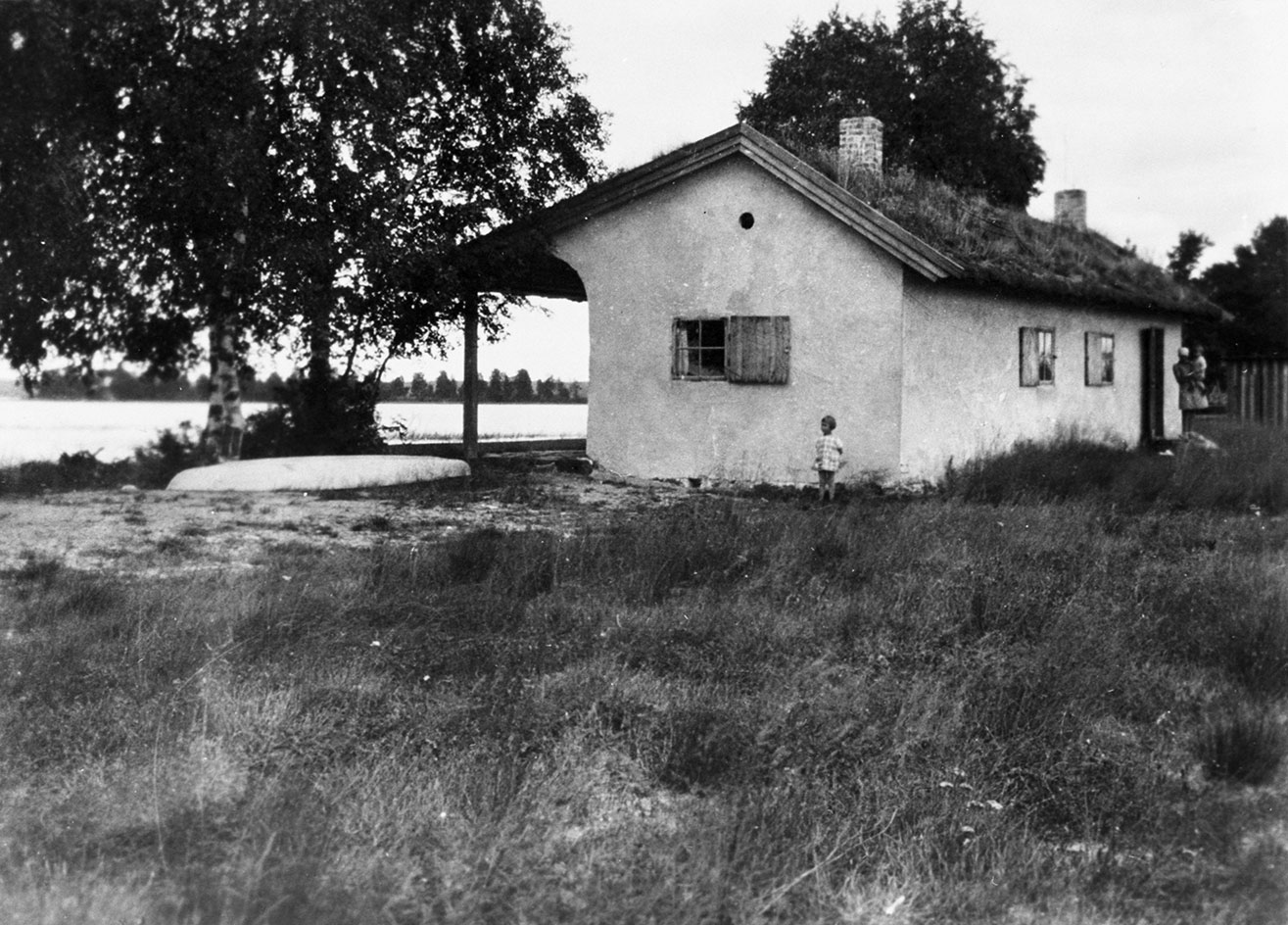
When it comes to holiday bolthole settings, Finland has some of the best. Rich forests, fresh air and cool lakes make up for an invigorating landscape to relax and recharge - as well as the perfect scenery for some of the country's most striking modern architecture. The Finnish countryside is home to some of Alvar Aalto's best work.
This is also the focus of the Alvar Aalto Museum's latest show, La dolce vita - Summer paradises by Alvar Aalto, on display in time for the 2015 Alvar Aalto Symposium, which took place last weekend. Looking at the grand master's vacation house commissions, from one-off villas for friends and acquaintances to smaller cottages, country clubs and humble huts, built work and competition proposals, this exhibition has it all.
Tapping into a seminal page in the country's architectural history, this theme is also a very important one in the Finnish society's development in the past century. 'In a hundred years, Finland has become a land of half a million summer homes,' explains Alvar Aalto Museum Curator Mari Murtoniemi. 'From the very beginning, Finns have sought inspiration for building from various sources, including the summer homes of artists and architects. There were even architectural competitions set up to create drawings for summer villas and weekend cottages.'
The show presents architectural photography, drawings and scale models of selected houses, as well as rare footage of Aalto's family home videos, capturing them on holiday in the 1920s. On display at the museum's main gallery in the Finnish town of Jyväskylä, La dolce vita celebrates the traditional Finnish way of spending the summer through a tour of Aalto's subtly powerful designs.
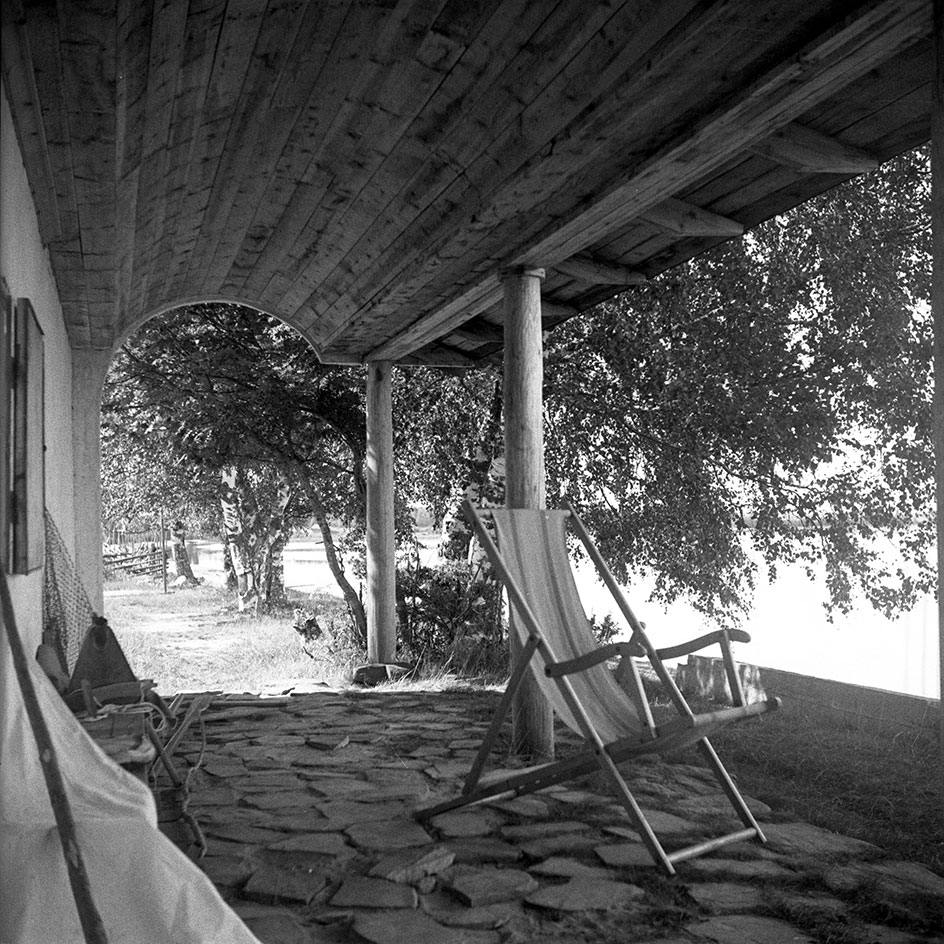
It was the Aalto's family own vacation house. Photography: Aino or Alvar Aalto, Alvar Aalto Museum / Artek Collection
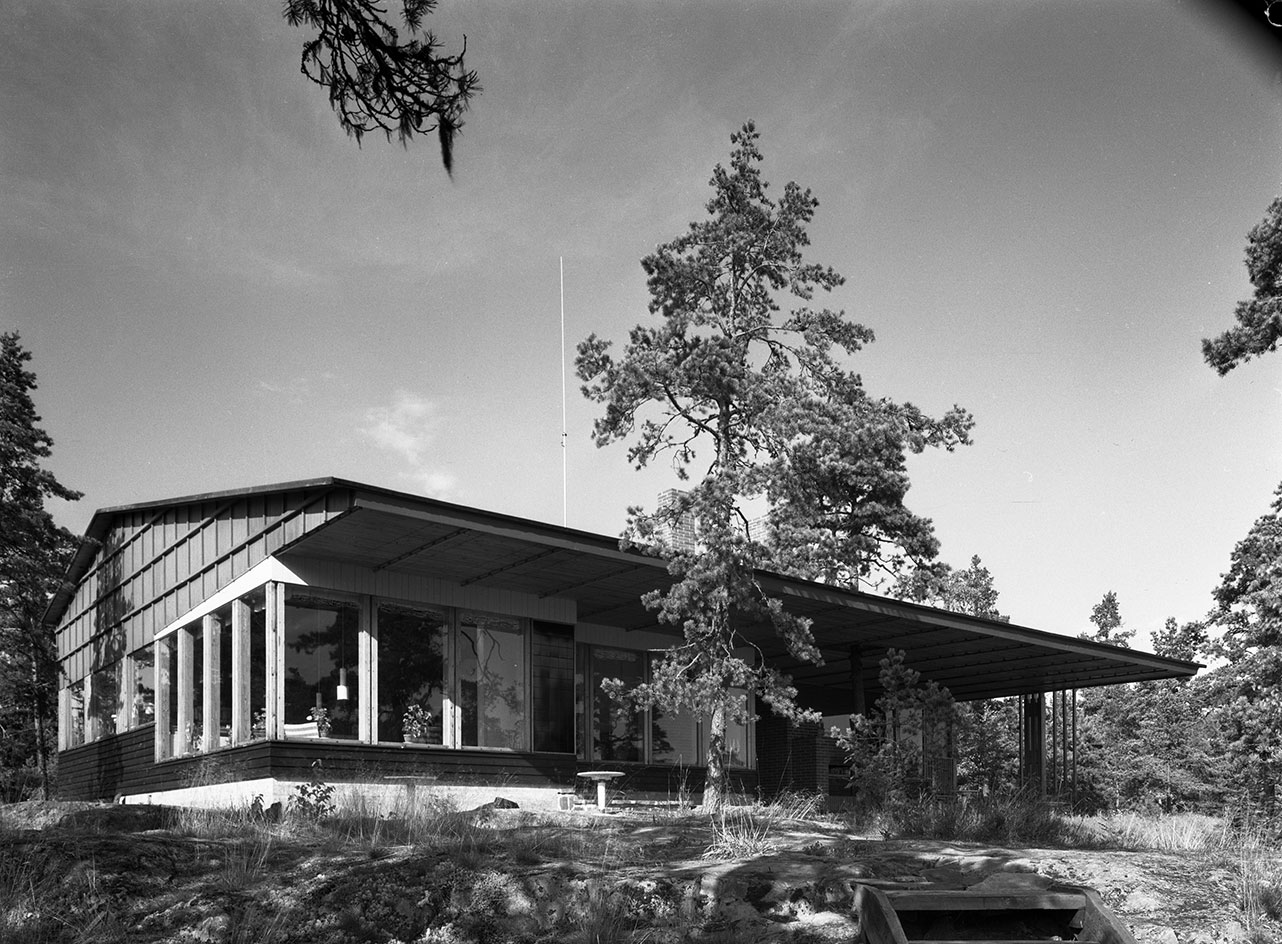
A building for the staff at Finnish manufacturer Enso-Gutzeit, this Country Club was built in Helsinki in 1952.
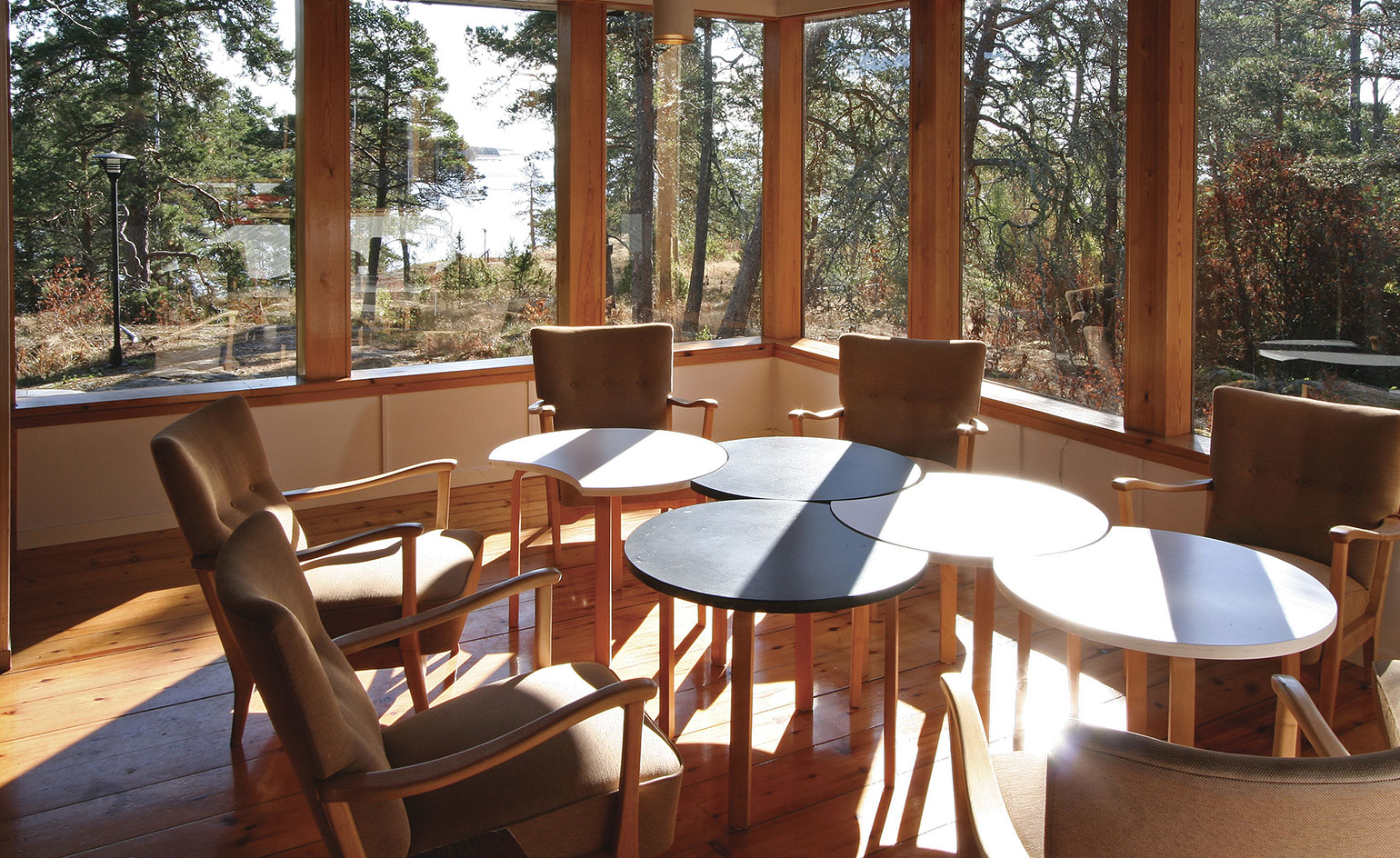
The Country Club was a project dedicated to leisure, but Aalto had also worked on the company's main Helsinki Headquarters.
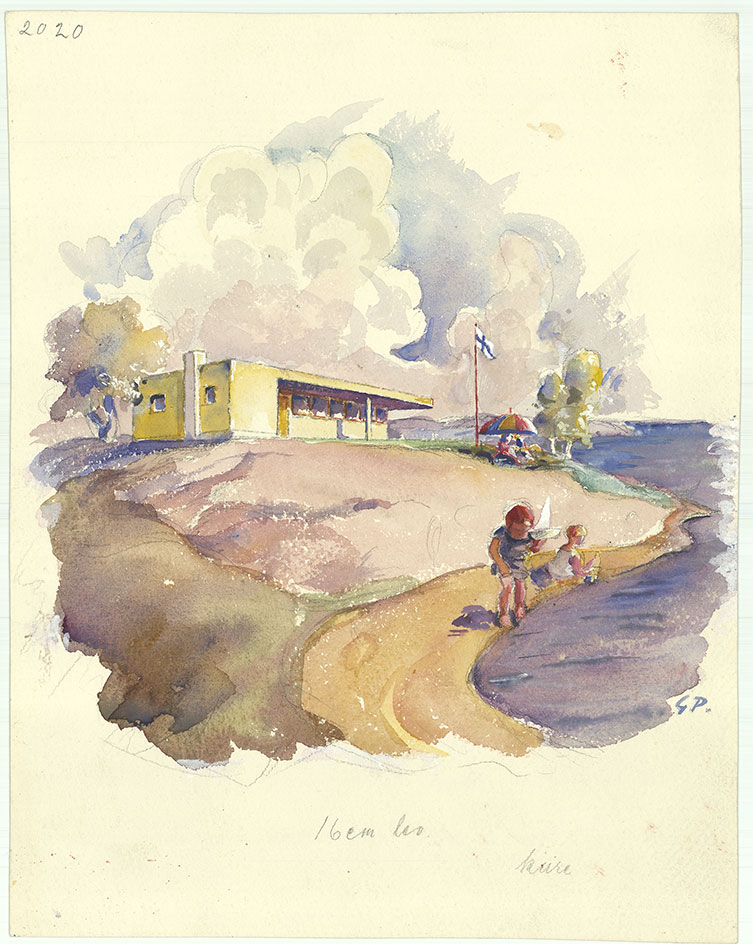
Local magazine Aitta organised a design competition in 1928. The results were published as a book, titled 'Halpoja kesäasuntoja' ('Low-cost summer homes'). Aalto´s winning proposal (called 'Konsoli') appeared on the book's cover. The original watercolour by an unknown artist is in the collection of Museum of Finnish Architecture.
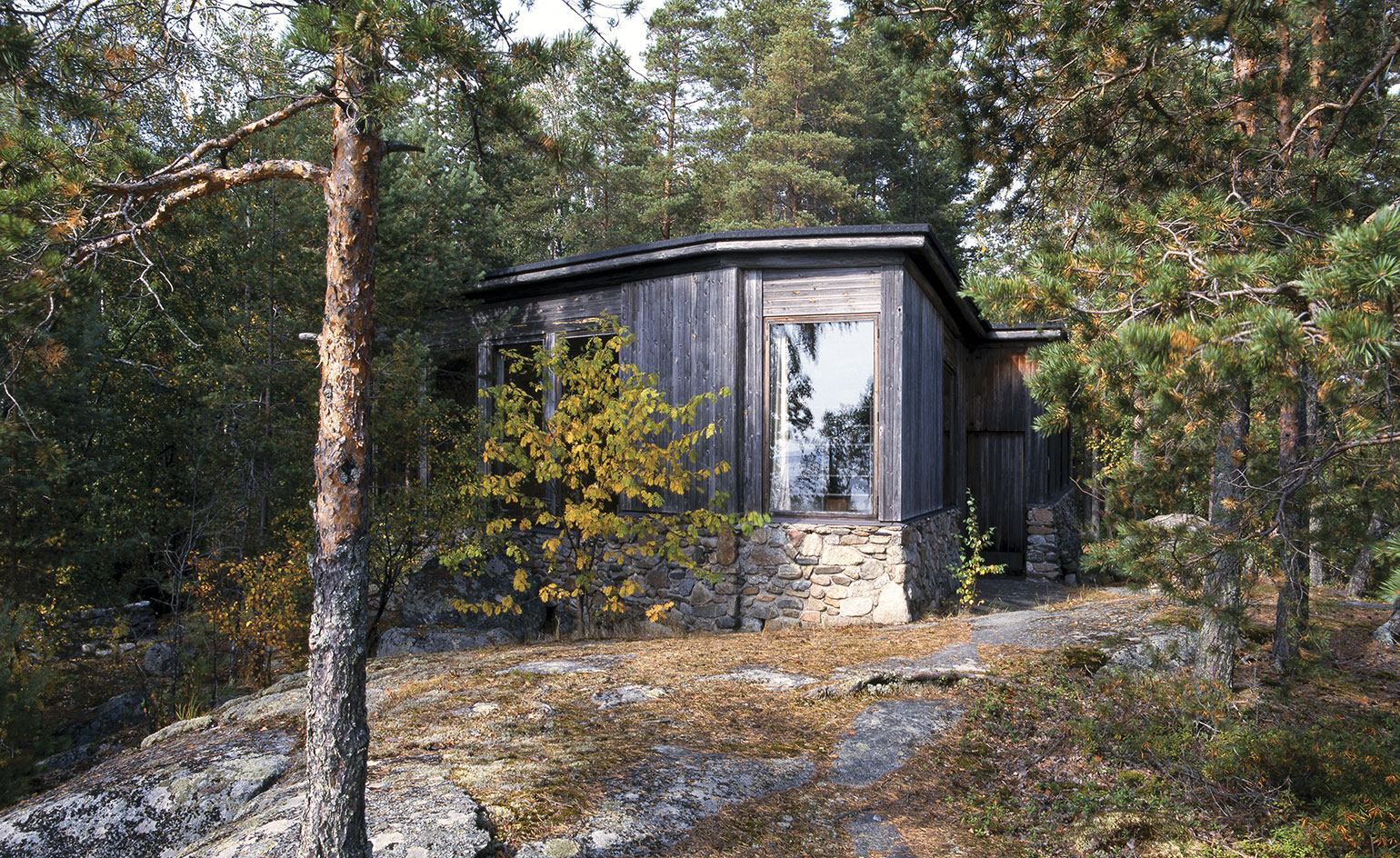
Alvar Aalto designed a villa for professor Päivö Oksala's family in Korpilahti, on an island in Lake Päijänne in the late 1960s.

The Insulite Company of Finland built the Weekend Cabinet, a cottage designed by Aalto for the 1937 Paris World Exhibition. Drawing from Alvar Aalto Museum drawing archive
ADDRESS
Alvar Aalto Museum
Alvar Aallon katu 7
Jyväskylä, Finland
Wallpaper* Newsletter
Receive our daily digest of inspiration, escapism and design stories from around the world direct to your inbox.
Ellie Stathaki is the Architecture & Environment Director at Wallpaper*. She trained as an architect at the Aristotle University of Thessaloniki in Greece and studied architectural history at the Bartlett in London. Now an established journalist, she has been a member of the Wallpaper* team since 2006, visiting buildings across the globe and interviewing leading architects such as Tadao Ando and Rem Koolhaas. Ellie has also taken part in judging panels, moderated events, curated shows and contributed in books, such as The Contemporary House (Thames & Hudson, 2018), Glenn Sestig Architecture Diary (2020) and House London (2022).
-
 Naoto Fukasawa sparks children’s imaginations with play sculptures
Naoto Fukasawa sparks children’s imaginations with play sculpturesThe Japanese designer creates an intuitive series of bold play sculptures, designed to spark children’s desire to play without thinking
By Danielle Demetriou
-
 Japan in Milan! See the highlights of Japanese design at Milan Design Week 2025
Japan in Milan! See the highlights of Japanese design at Milan Design Week 2025At Milan Design Week 2025 Japanese craftsmanship was a front runner with an array of projects in the spotlight. Here are some of our highlights
By Danielle Demetriou
-
 Tour the best contemporary tea houses around the world
Tour the best contemporary tea houses around the worldCelebrate the world’s most unique tea houses, from Melbourne to Stockholm, with a new book by Wallpaper’s Léa Teuscher
By Léa Teuscher
-
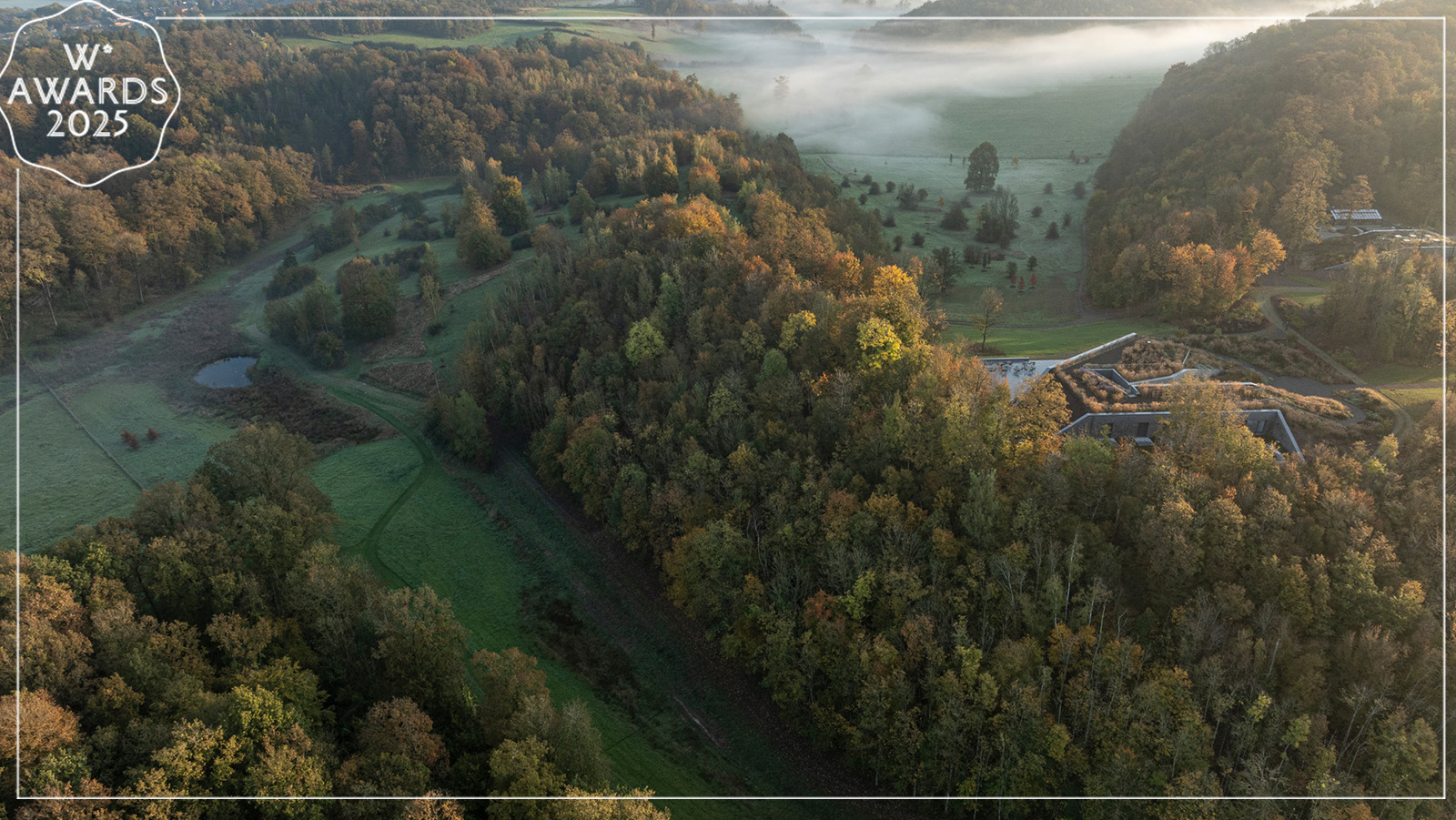 Wallpaper* Design Awards 2025: celebrating architectural projects that restore, rebalance and renew
Wallpaper* Design Awards 2025: celebrating architectural projects that restore, rebalance and renewAs we welcome 2025, the Wallpaper* Architecture Awards look back, and to the future, on how our attitudes change; and celebrate how nature, wellbeing and sustainability take centre stage
By Ellie Stathaki
-
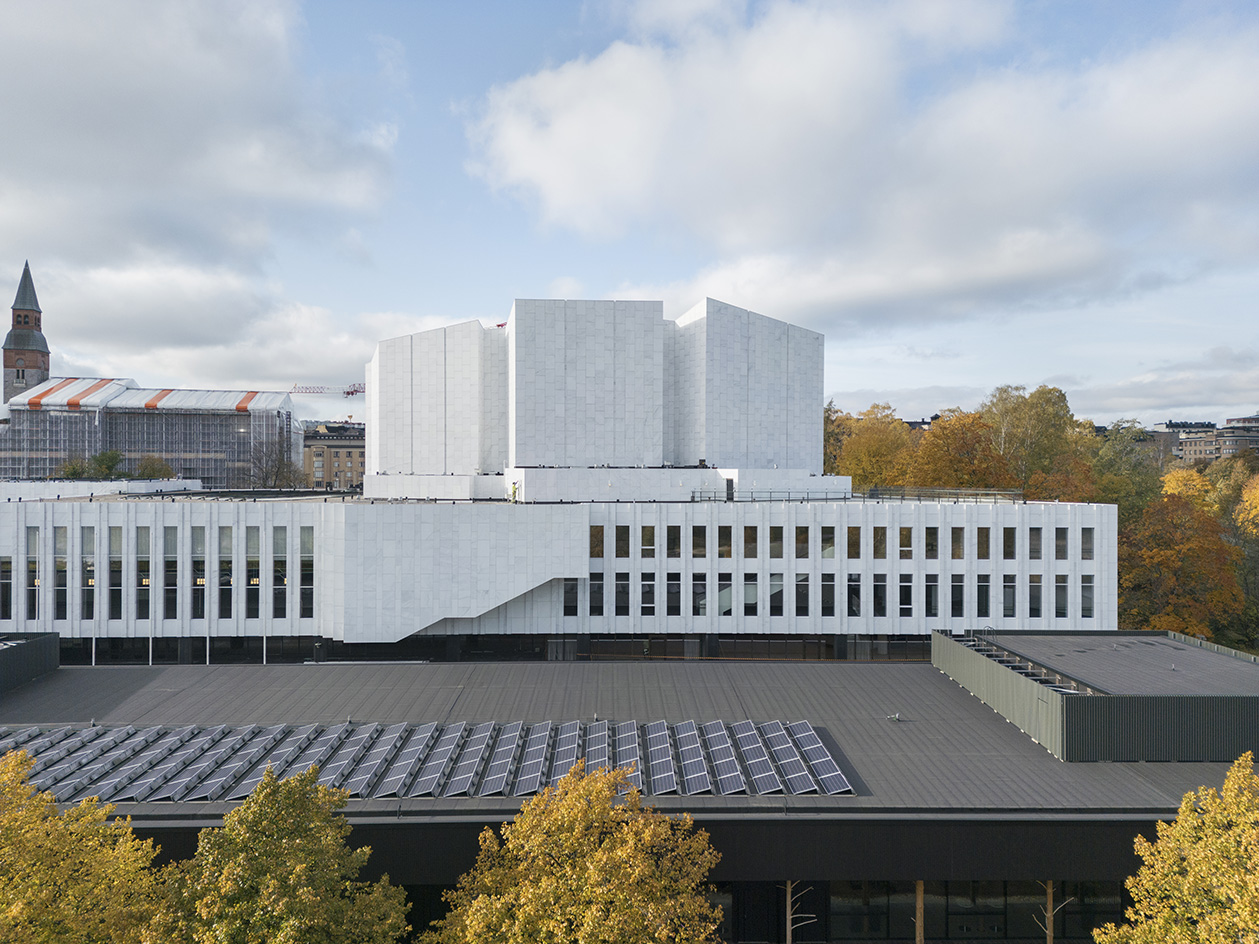 Alvar Aalto: our ultimate guide to architecture's father of gentle modernism
Alvar Aalto: our ultimate guide to architecture's father of gentle modernismAlvar Aalto defined midcentury – and Finnish – architecture like no other, creating his own, distinctive brand of gentle modernism; honouring him, we compiled the ultimate guide
By Vicky Richardson
-
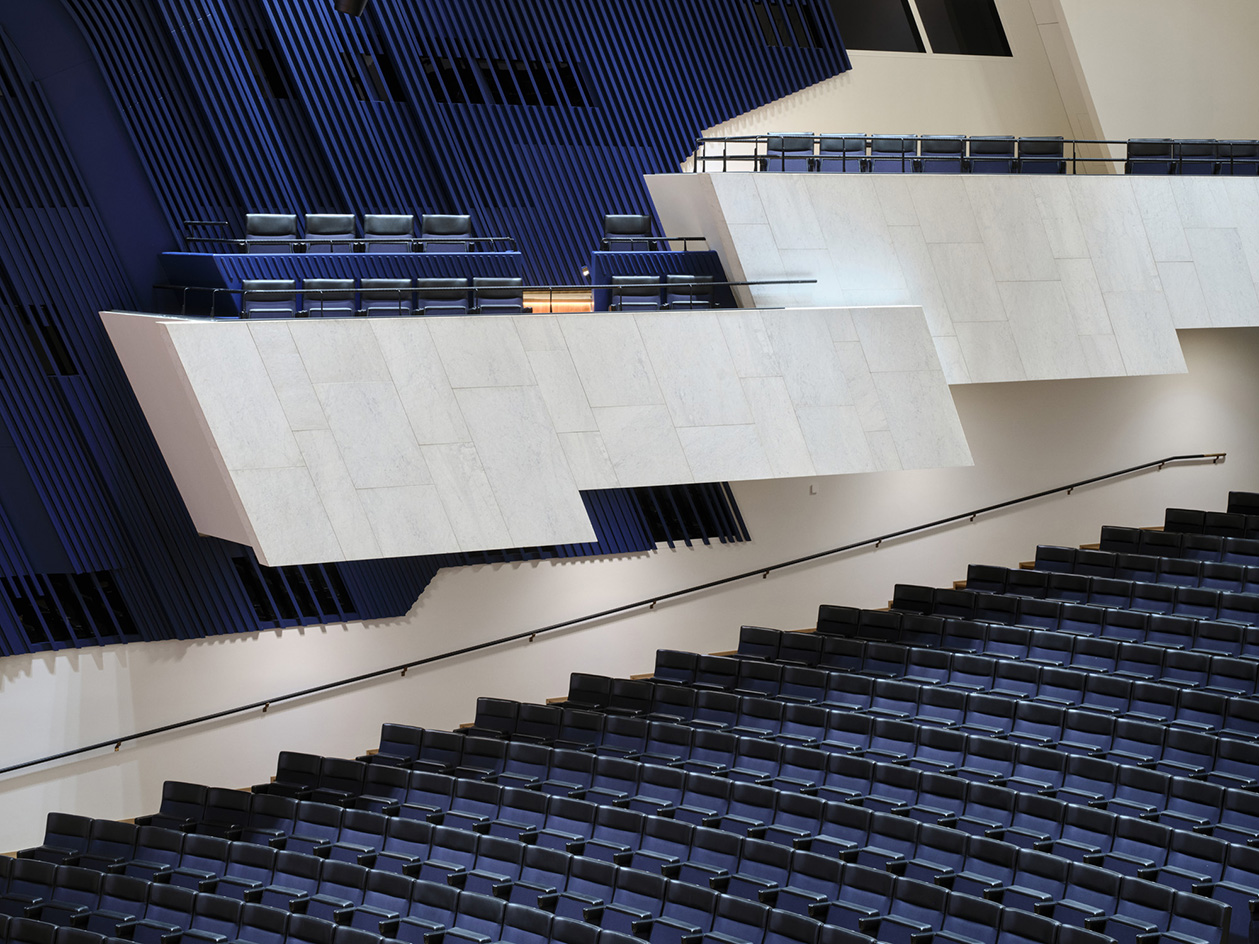 Design Awards 2025: Alvar Aalto's Finlandia Hall is a modernist gem reborn through sustainability and accessibility
Design Awards 2025: Alvar Aalto's Finlandia Hall is a modernist gem reborn through sustainability and accessibilityHelsinki's Finlandia Hall, an Alvar Aalto landmark design, has been reborn - highlighting sustainability and accessibility in a new chapter for the modernist classic
By Ellie Stathaki
-
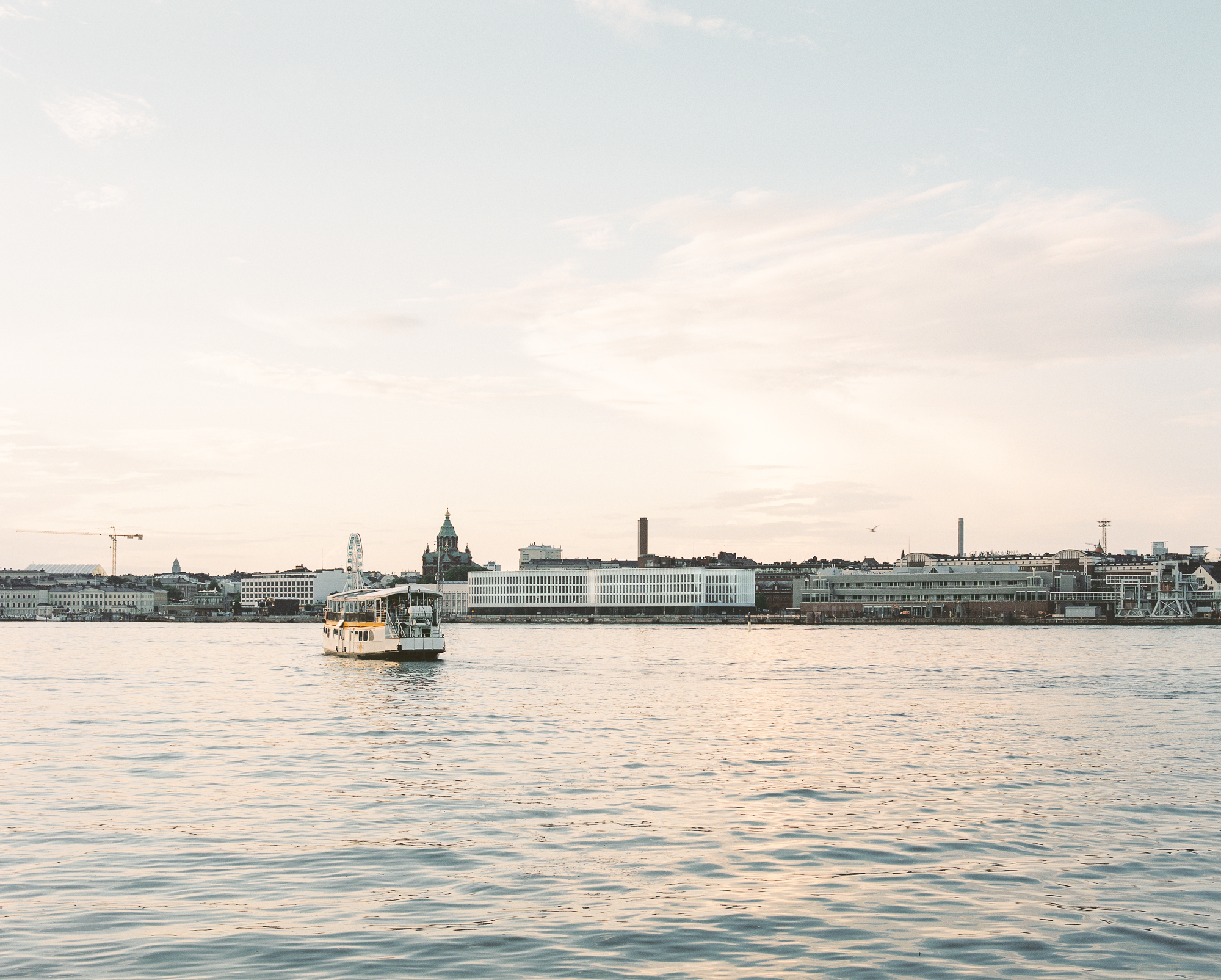 Exclusive first look: Katajanokan Laituri sets a new standard for timber architecture
Exclusive first look: Katajanokan Laituri sets a new standard for timber architectureKatajanokan Laituri, a new building in the historic Kauppatori market district of Helsinki, is made from around 7,500 cubic metres of wood, cementing Finland’s position as leader in sustainable architecture, construction and urban development
By Hugo Macdonald
-
 Wallpaper* Architects’ Directory 2024: meet the practices
Wallpaper* Architects’ Directory 2024: meet the practicesIn the Wallpaper* Architects Directory 2024, our latest guide to exciting, emerging practices from around the world, 20 young studios show off their projects and passion
By Ellie Stathaki
-
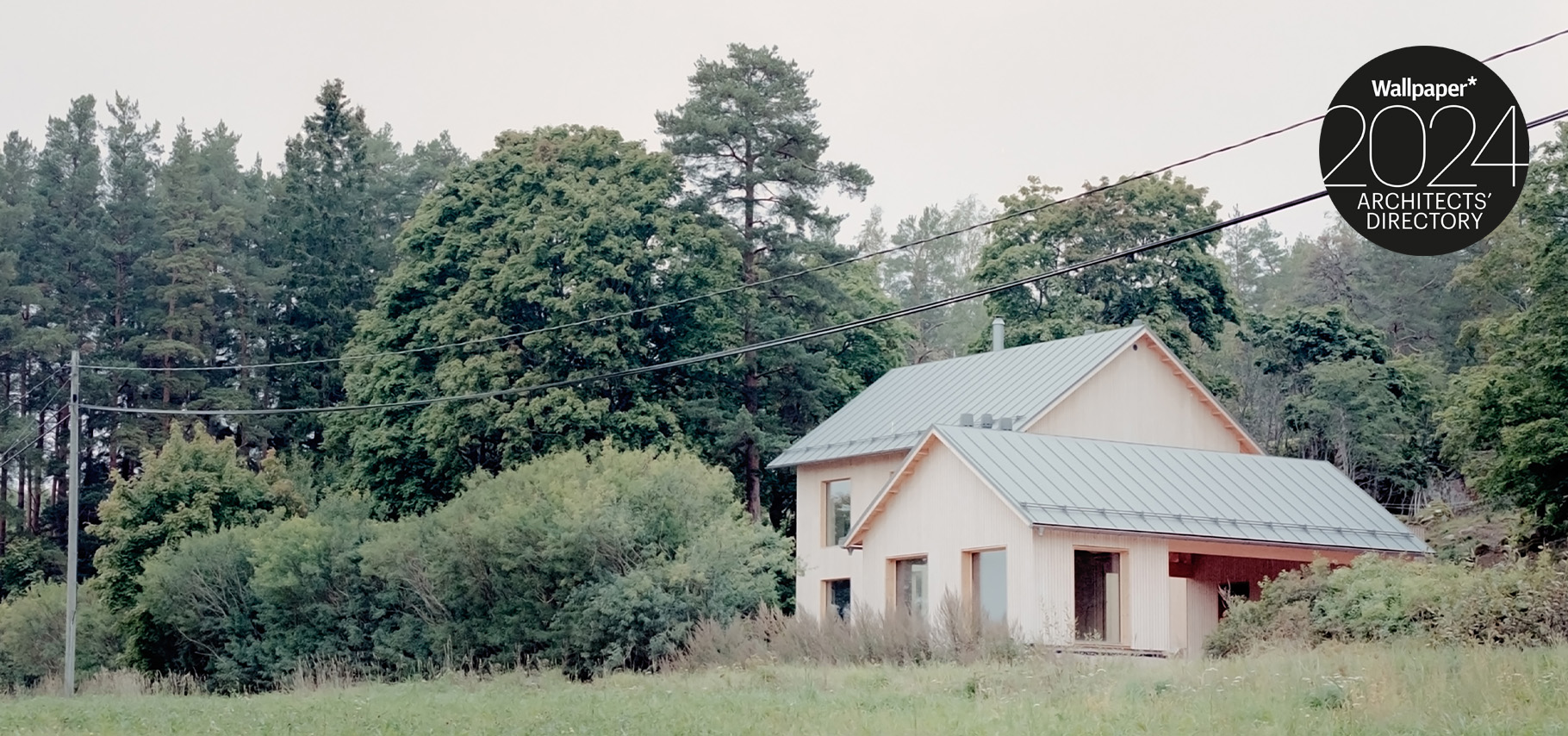 Nordic minimalism meets warm personality at Studio Collaboratorio’s new home in Finland
Nordic minimalism meets warm personality at Studio Collaboratorio’s new home in FinlandThe emerging Finnish practice Studio Collaboratorio is welcomed into the Wallpaper* Architects’ Directory 2024
By Ellie Stathaki
-
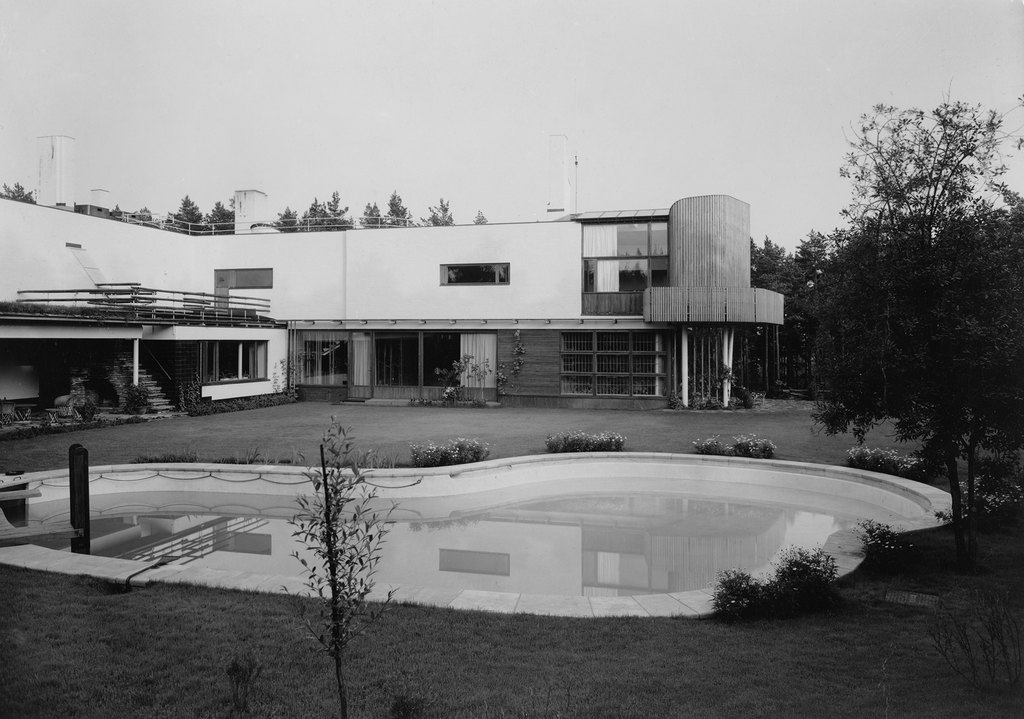 Skateboarding in swimming pools: the case of Alvar Aalto’s Villa Mairea
Skateboarding in swimming pools: the case of Alvar Aalto’s Villa MaireaA family of shows at Aalto2 Museum Centre explores skateboarding in swimming pools through the case study of Alvar Aalto’s Villa Mairea in Finland
By Francesca Perry
-
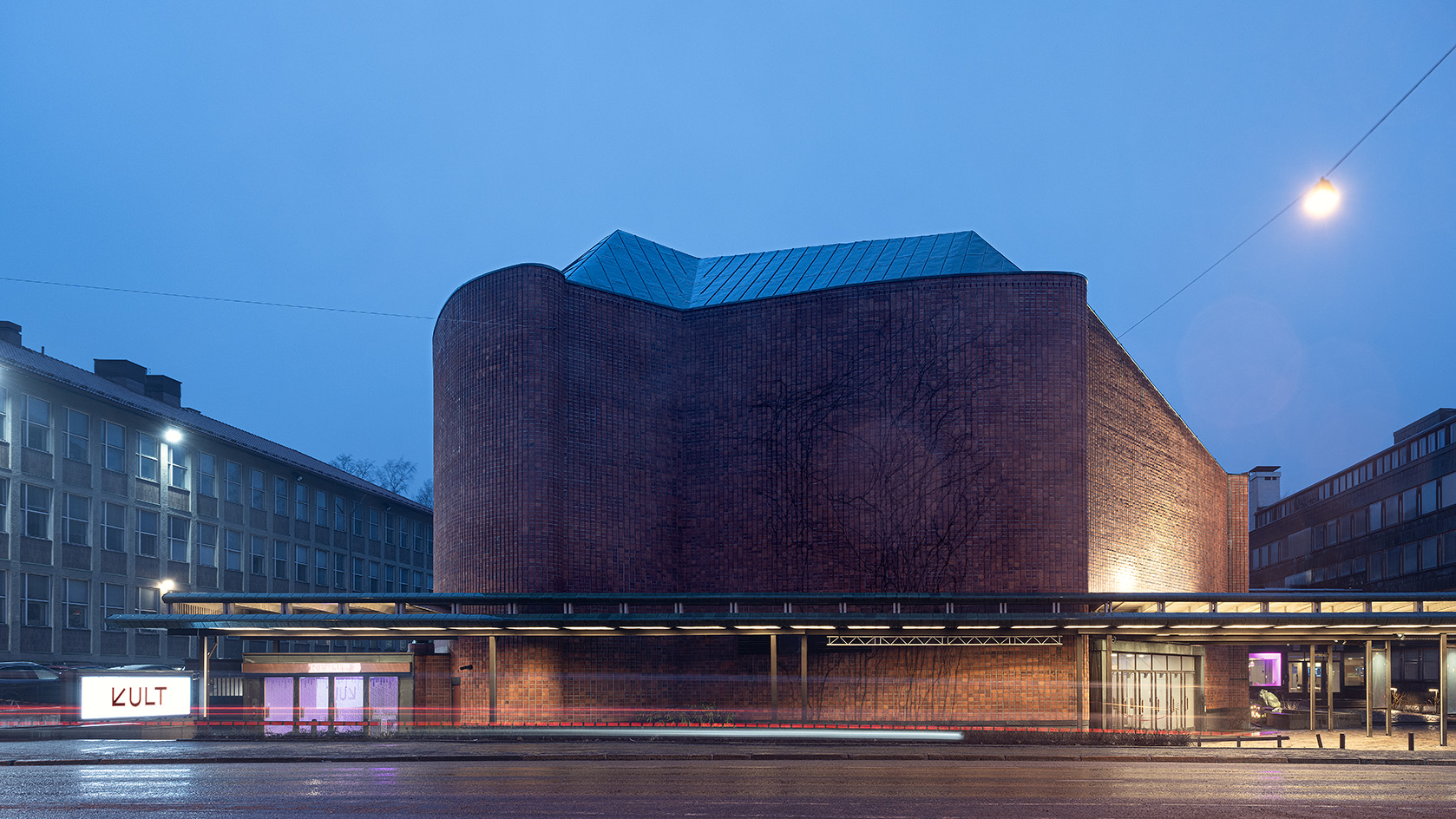 Alvar Aalto's House of Culture in Helsinki is a modernist gem reborn
Alvar Aalto's House of Culture in Helsinki is a modernist gem rebornModernist icon House of Culture by Alvar Aalto has been restored and brought to the 21st century by Finnish architecture studio JKMM and Design Agency Fyra for ASM Global Finland
By Ellie Stathaki